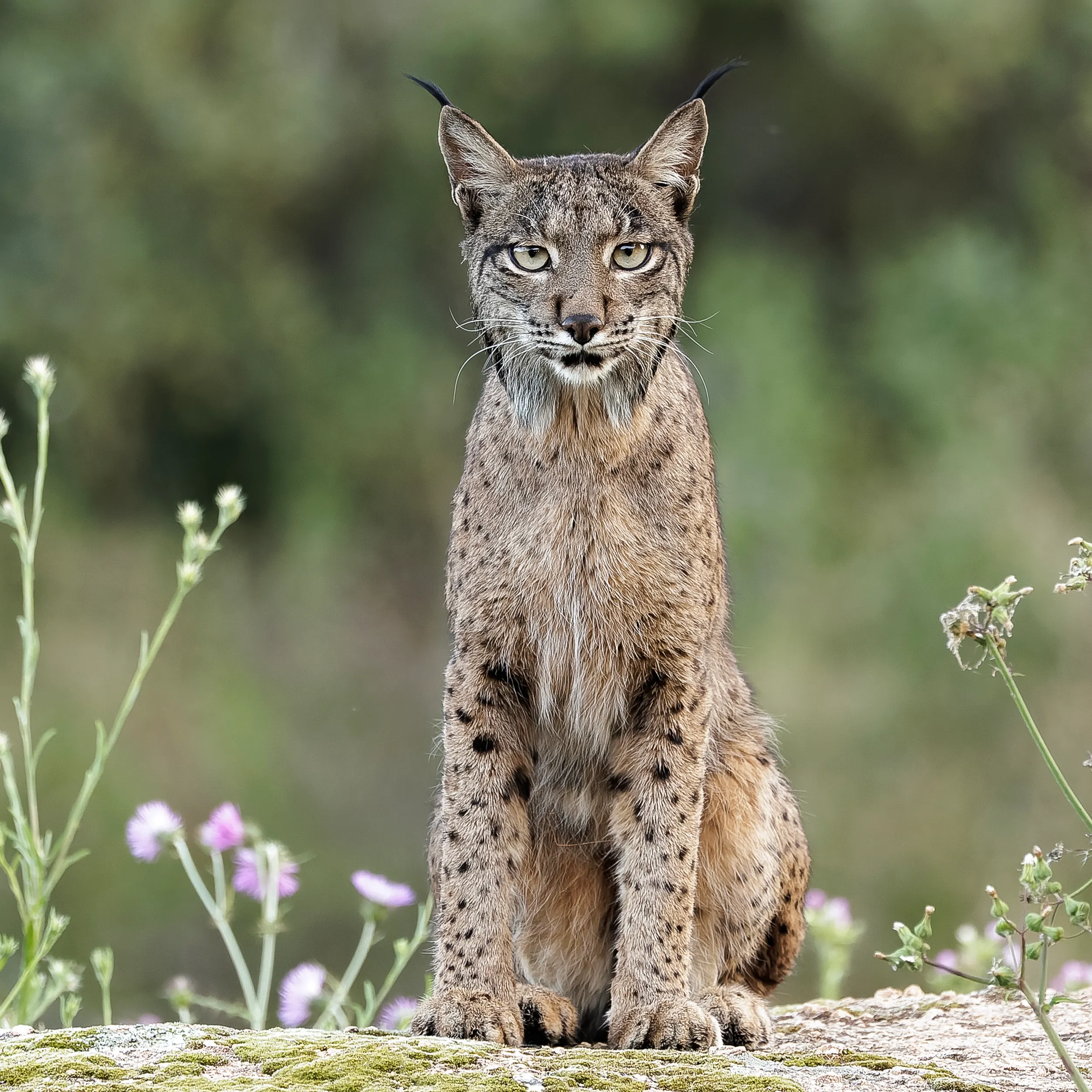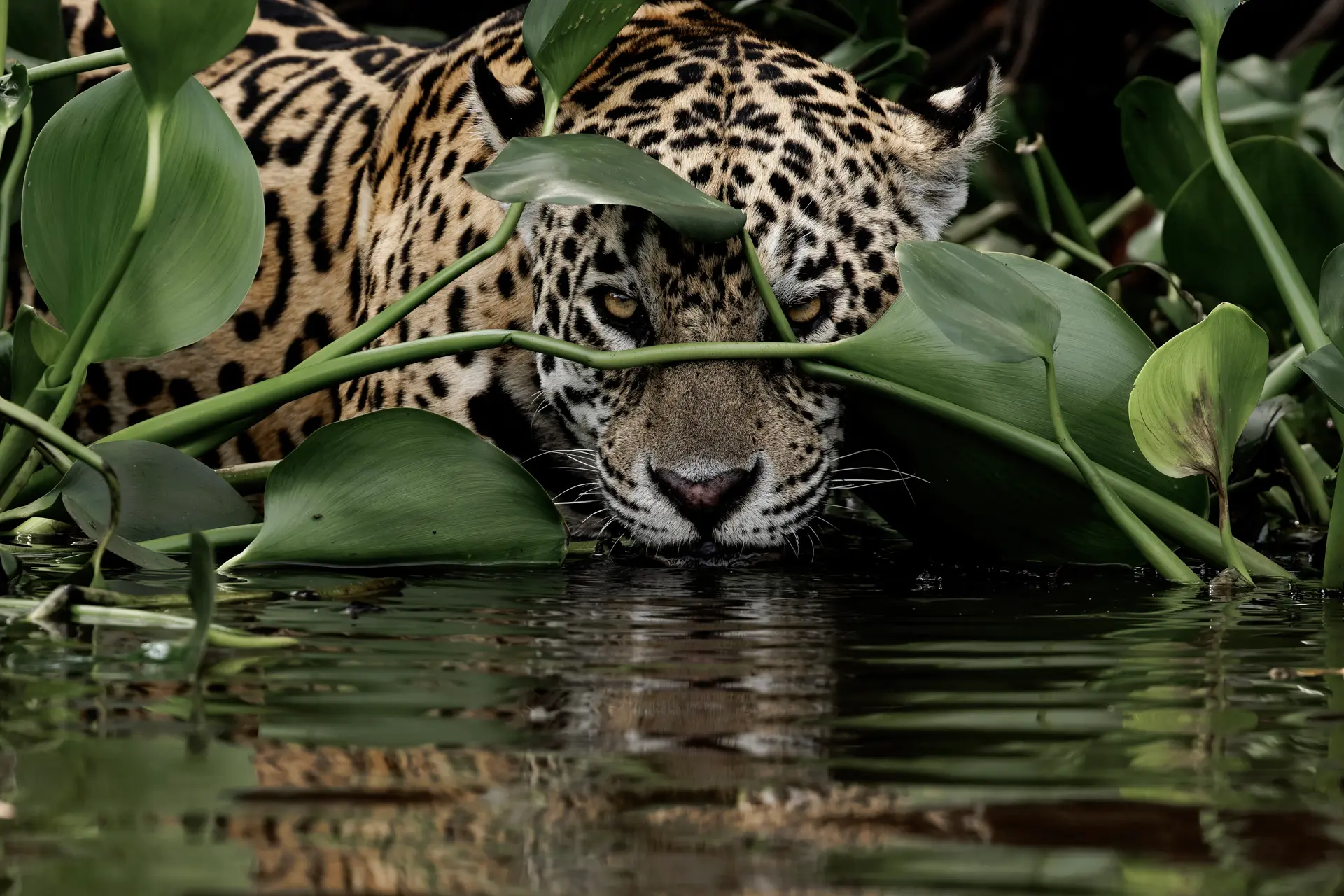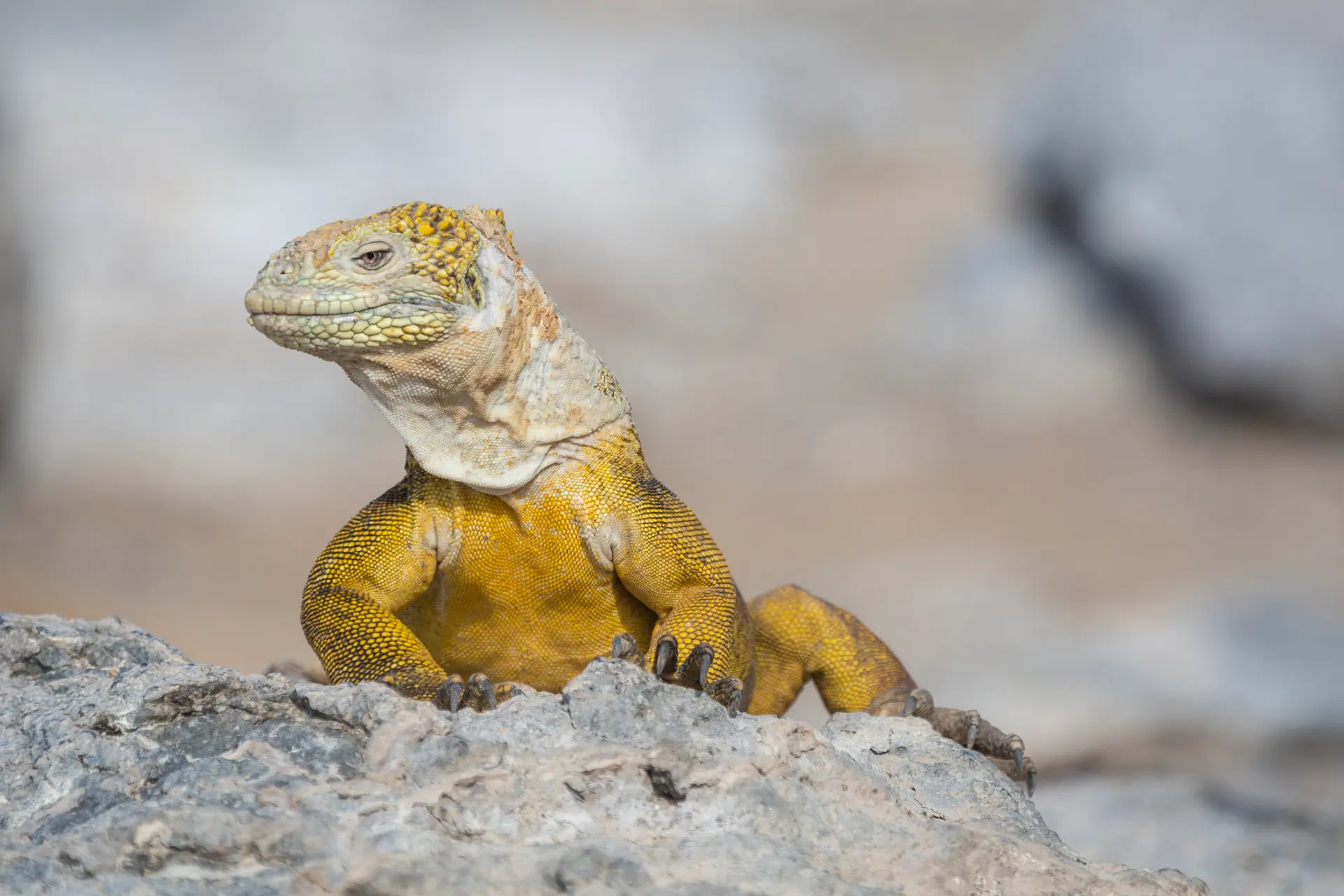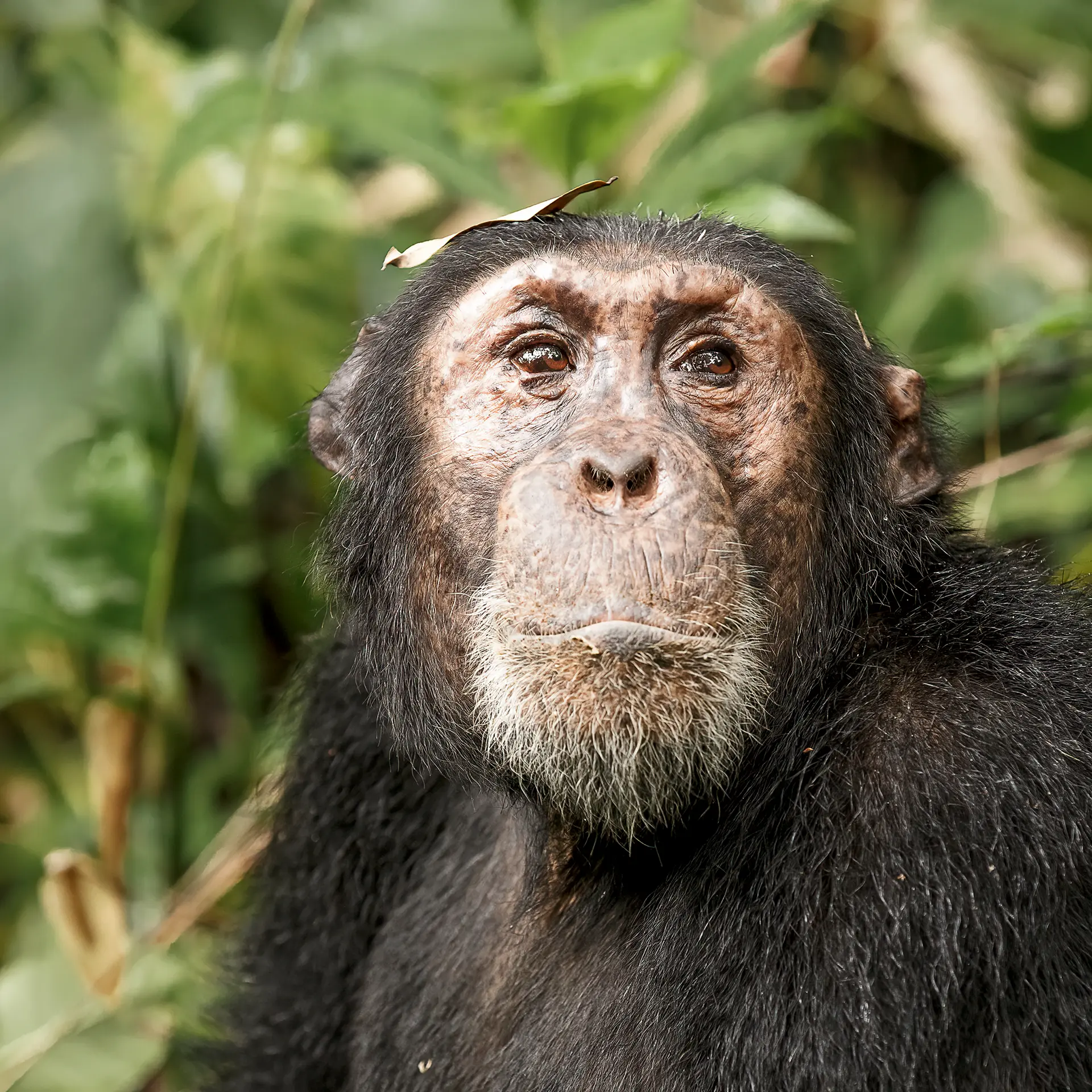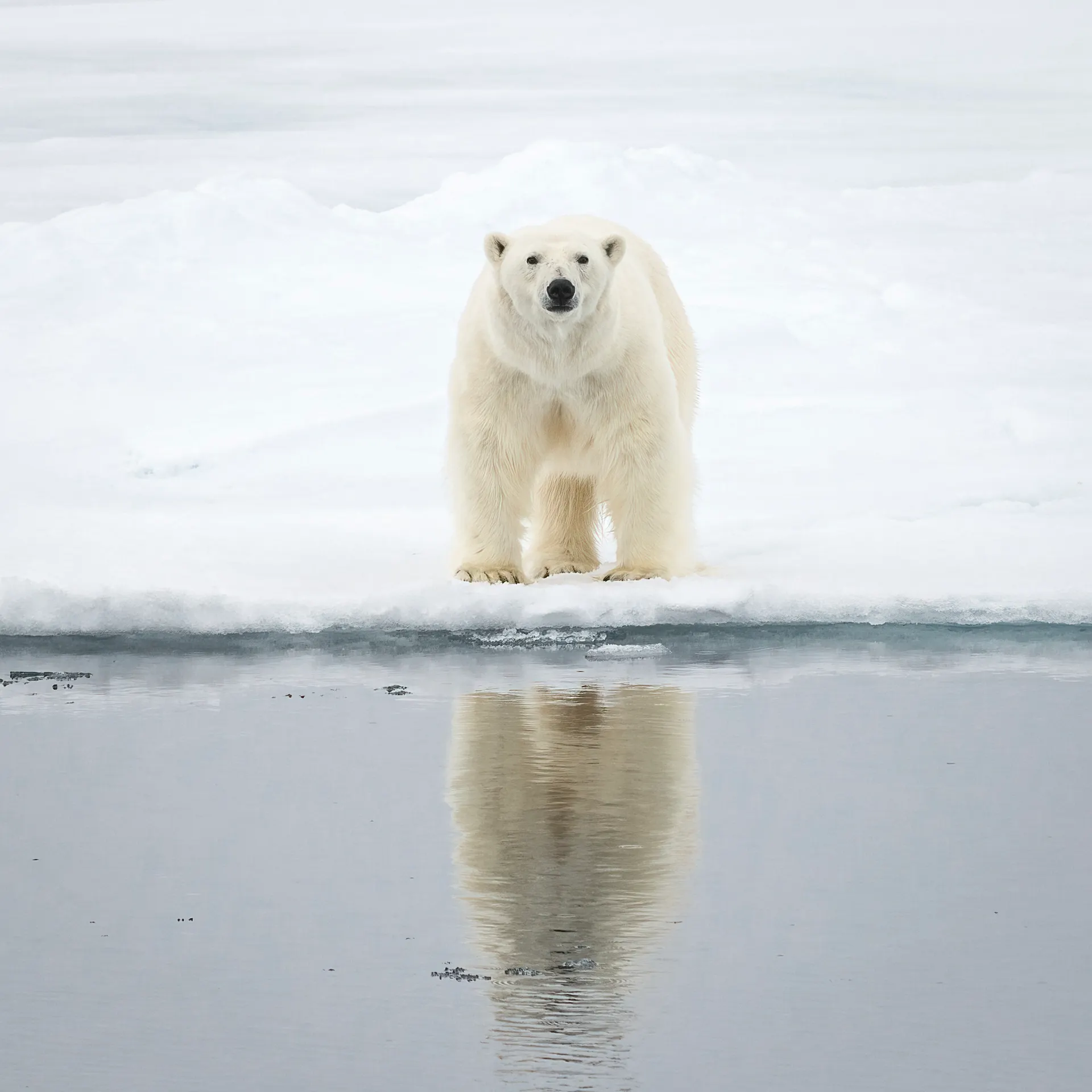The wild heart
of the Maasai Mara –
a journey between fascination and fragility
Nestled in the southwest of Kenya, the Maasai Mara National Reserve is renowned for its exceptional biodiversity. Covering more than 1,500 square kilometres, this stunning landscape features vast grasslands, acacia-dotted savannahs and meandering rivers. Thanks to its diverse habitats and stable wildlife populations, the reserve is a haven for big cats such as lions and leopards, as well as other predators, like cheetahs.
The wild heart of the Maasai Mara
Six days before my departure to Kenya, I hosted my annual fundraising exhibition – once again, thanks to the curiosity and enthusiasm of more than 100 visitors, a great success! (Read more: Walk-in Photo Safari 2024). A little exhausted but filled with anticipation, I stepped off the plane in Nairobi in early November 2024. The next morning, I boarded a small aircraft bound for the Masai Mara – a destination that I had long postponed, as I usually prefer more remote regions. Yet, as I landed, I was overwhelmed by a deep sense of belonging.
Africa welcomed me back with all the familiar sounds and scents – and yet so much felt different. The vastness of the Mara stretched endlessly before me, a golden sea of grass reaching to the horizon. Towering clouds gathered above, creating a scene that felt both timeless and ever-changing. It was a true moment of arrival – and a stirring sense of anticipation for what lay ahead.
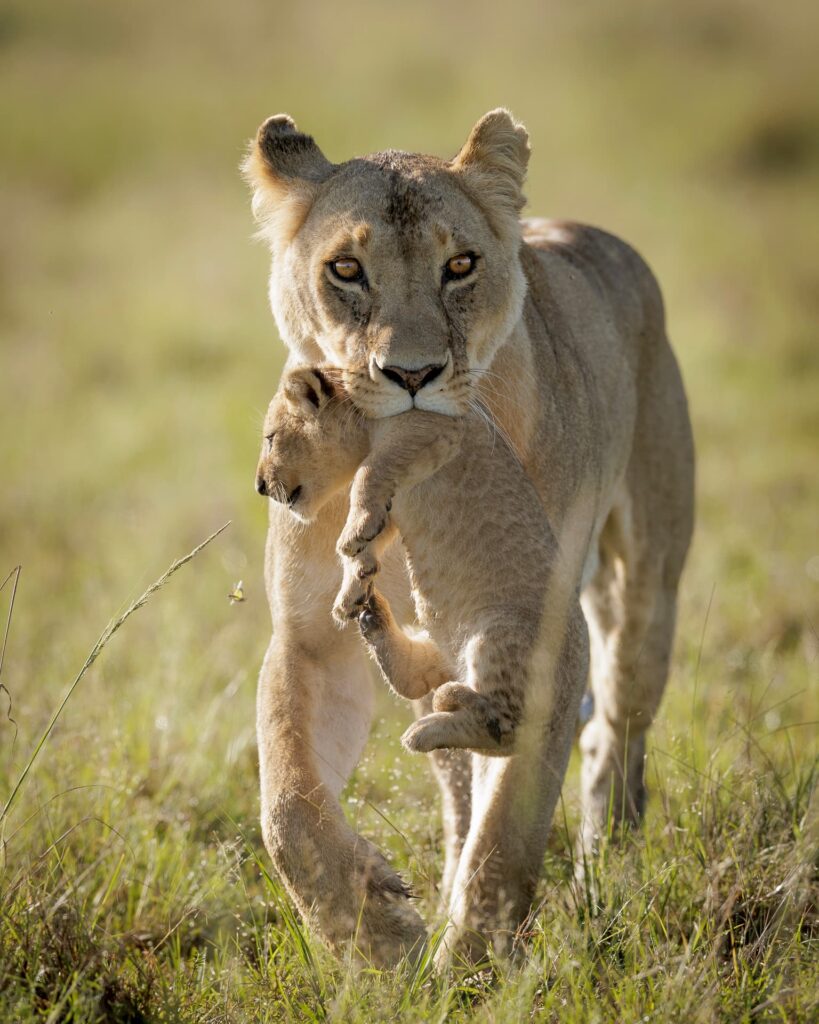
The kingdom of big cats
The Mara pulses with life and is home to an impressive variety of feline predators – a paradise for a photographer and cat lover like me. Thanks to the deep knowledge and experience of my guides – Alex during the first six days, and Jackson in the following ten – I was fortunate to witness and capture extraordinary encounters and moments of both emotion and drama.
Almost daily we encountered leopards, including Faulu, one of the most impressive leopardesses I have ever seen. Her elegance and beauty, combined with strength and character, captivated me again and again.
Lions were everywhere – sleeping, hunting, feeding, yawning, playing – offering a kaleidoscope of insights into the complex social lives of these fascinating big cats. One particularly moving sighting came on the very last morning, as a lioness carefully carried her tiny cubs, one by one, to a new den. It was an intimate moment that deeply moved me and has stayed with me ever since.
An extraordinary moment – and a tragic end
Beyond lions, the Mara is also known for its cheetahs. Until now, I had only had a few chances to photograph these elegant predators – which made the encounters on this journey even more exciting. Toward the end of my stay, one afternoon brought especially good fortune.
We spotted a cheetah mother perched on a termite mound, her five tiny cubs huddled close by her side. Their fluffy coats and unsteady steps stood in stark contrast to their mother’s strong and graceful presence. We watched from a respectful distance as she moved them into a hidden spot before setting off to hunt.
Three days later, we found them again, this time gathered around a freshly killed antelope. The rain had soaked the cubs completely; they shivered but fed eagerly nonetheless.
A few days after my return, I received heartbreaking news: Four of the cubs had fallen victim to hyenas, and the last was killed by a lioness shortly thereafter.
The joy of that encounter gave way to deep sadness. In the wild, life and death are inextricably linked, the circle of life omnipresent and unforgiving. The fate of these cubs is no isolated case – it highlights the immense challenges cheetahs face.

The plight of the cheetah
Cheetahs (Acinonyx jubatus) are classified as vulnerable. Their populations are declining due to habitat loss, human-wildlife conflict, and competition with larger predators.
For cheetah mothers, survival is a constant struggle – raising their cubs alone, without the support of a pride. High cub mortality is the rule, not the exception.
That is why targeted conservation efforts are of great importance to ensure these fascinating animals continue to exist in the wild.
In addition, the growing issue of overtourism poses a serious threat. Too many vehicles and careless or overly demanding visitors disturb the natural behaviour of the animals, interfering with crucial hunting and resting periods. This increases stress and may further reduce the cubs’ chances of survival.
To secure their future in the wild, it takes not only effective conservation but also mindful behaviour from tour guides and tourists alike.
Did you know …
… that cheetahs can run up to 120 km/h – faster than any other land mammal?
In addition to their highly flexible spine, their semi-retractable, hard claws and rough paw pads act like natural spikes, giving them maximum grip and traction during high-speed chases.
… that cheetahs can’t roar?
Unlike lions or leopards, they belong to the small cat subfamily (Felinae) and communicate with sounds more similar to chirping, purring or meowing.
… that cheetahs can spot prey from over 3 kilometres away?
Their exceptional long-distance vision is adapted to detect movement across vast open landscapes. The dark “tear marks” under their eyes help reduce sun glare – like a built-in pair of sunglasses.
Tourism between fascination and responsibility
The breathtaking beauty of the Masai Mara attracts visitors from around the globe – bringing both opportunities and challenges. Too many safari vehicles can disrupt animal behaviour, cause stress, and threaten the ecological balance in the long term. Moreover, increasing tourism leaves its marks on the environment – through litter, noise, or the strain on sensitive habitats.
Responsible tourism is therefore essential. Following ethical guidelines, maintaining respectful distances, and supporting conservation initiatives all help protect this fragile ecosystem.
Only through sustainable action can we ensure that the Masai Mara remains a safe haven for its extraordinary wildlife in the years to come.
The wild in all its contrasts
My journey to the Masai Mara leaves behind a mosaic of memories – filled with wonder, excitement, and melancholy. The encounter with the cheetah mother and her cubs was unforgettable; their fate, however, a reflection of life’s fragility. The wilderness is both breathtaking and merciless.
As wildlife photographers and conservationists, we are called not only to capture these fleeting moments in words or images, but to actively engage in protecting these irreplaceable species and landscapes.
